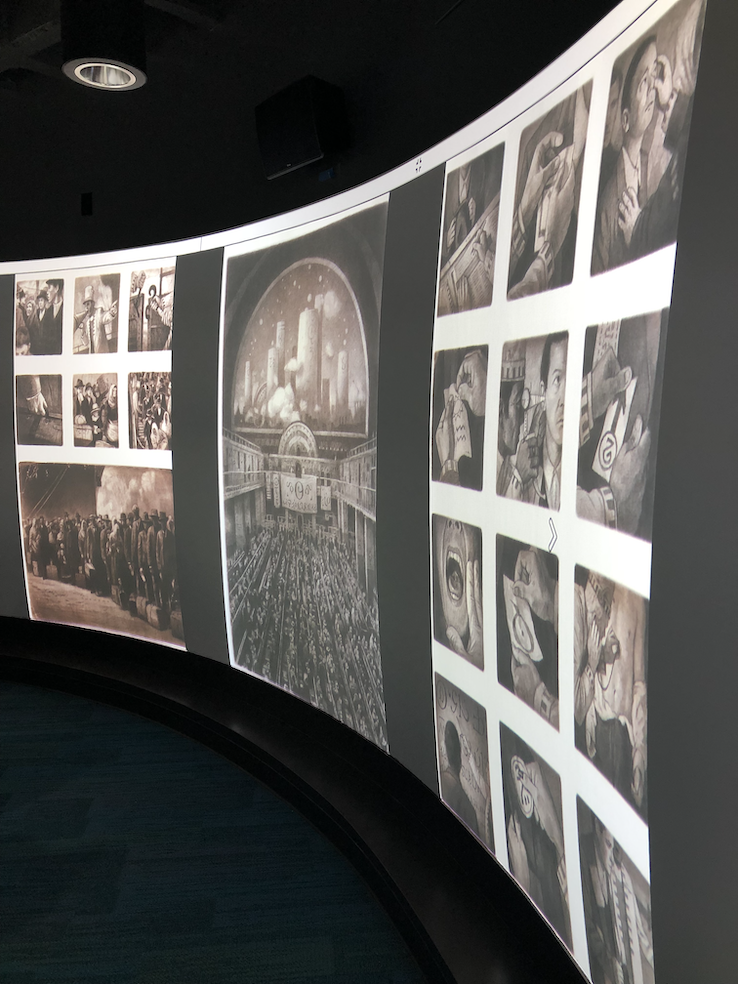
Digitized images from The Arrival by Shaun Tan displayed in the Visualization Studio.

Digitized images from The Arrival by Shaun Tan displayed in the Visualization Studio.
Graphic novels, comic books, and zines, Oh my! The Special Collections Research Center had a blast providing archival literacy instruction and research support with some of the best titles in graphic novels, comics books, and zines this semester. We first joined Professor Margaret Simon and her English 582 class on Race, Gender, and the Global Graphic Novel at the Visualization Studio located in the D.H. Hill Jr. Library. With the help of our Libraries colleagues, Hannah Rainey, Associate Head of Research Engagement, Hiva Kadivar, Libraries Fellow and Niqui O'Neill, Digital Technologies Development Librarian, the students examined the graphic novel, The Arrival by Shaun Tan on a 360-degree screen with multiple high-definition projectors. The class used an open source annotations tool for high quality images called Annonatate, which was designed by O’Neill, and entered in their own annotations onto scanned images from the graphic novel.

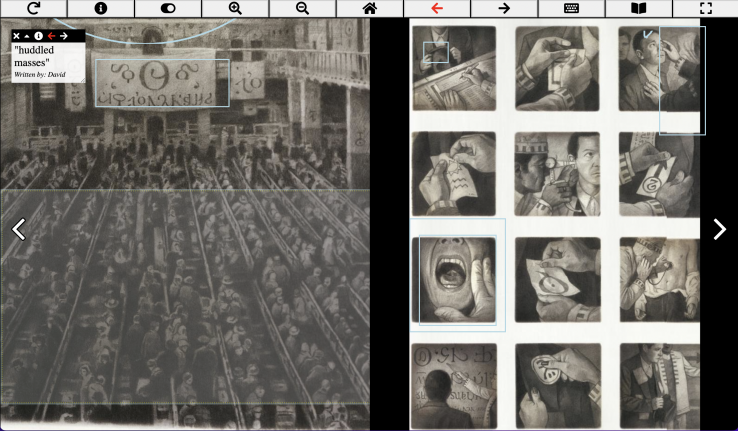
Following the English 582 class, Victor Betts, Student Success Librarian for Special Collections and Laura Abraham, University Library Technician of Special Collections Research Center prepared for the Honors 202 class, Graphic Novel: Text, Image, Interpretation in the East Learning Lab A for Professor Simon and her students. In this archival literacy instruction, Betts and Abraham introduced the class to curating comics & graphic novel collections. They talked about how we describe the materials we collect, why we collect comic books, graphic novels, and zines, and how we process such collections. They also discussed how decisions around how language used to describe collections impacts how people access materials and how these decisions carry significant power.
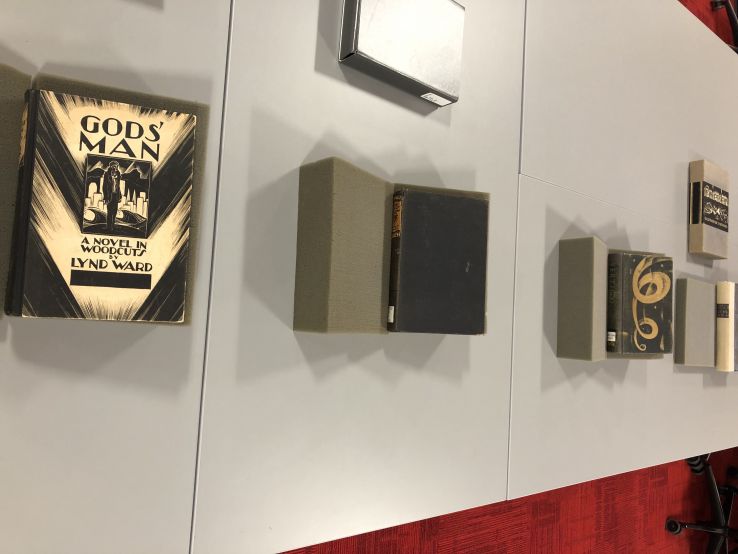
In small groups, students curated a digital exhibit with the physical materials available in the room. Some of the materials that were selected for the class included rare books, such as first editions of Lynd Ward’s wordless novels in woodcuts, a variety of comic books from publishers such as DC, Marvel, Darkhorse, as well as indie publications, and zines. All the selections were from the Douglas Ward American Comic Books Collection (RBC 00002), Scott Green Collection of Comics-Related Publications (RBC 00008), NC State University Libraries Research and Study Collection of Comic Books (MC 00713), and the John H. Demcovici Memorial Graphic Novel Collection (MC 00699).
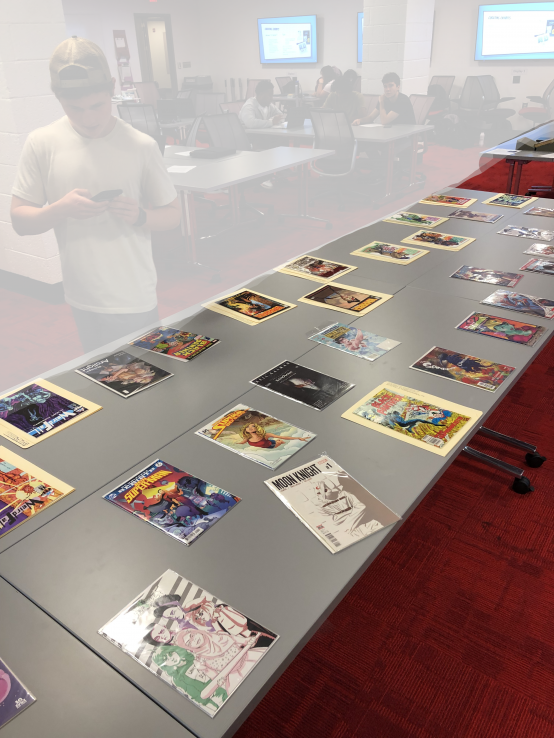
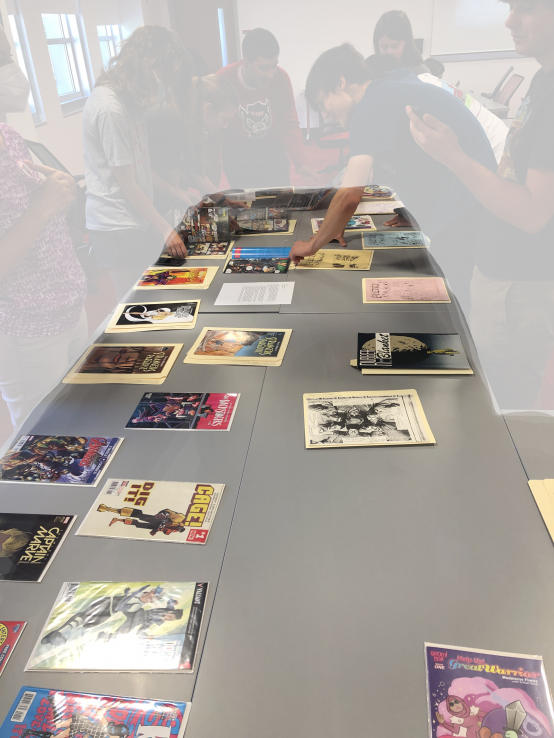
The students dove into the assignment and were engaged with all the materials laid out in front of them. The students recalled many of the concepts and themes previously discussed in their coursework and applied it to examining the titles and conceptualizing a theme of their choice. Some groups looked at the role of race and ethnicity in popular comic book characters, and others examined the representation of women and the portrayals of their bodies through a male gaze. As a valid and important form of visual literacy, the students carefully analyzed the composition of text and images, typography, coloring, drawing styles, tone, and advertisements while contextualizing the time period of the publication dates and how it relates to society today.
The Douglas Ward American Comic Books Collection (RBC 00002), Scott Green Collection of Comics-Related Publications (RBC 00008), NC State University Libraries Research and Study Collection of Comic Books (MC 00713), and the John H. Demcovici Memorial Graphic Novel Collection (MC 00699), are all available for research at the Special Collections Research Center. Related collections that are also available include the Scott Green Collection of Speculative Fiction (RBC 00007), Michael Lea Collection of Science Fiction Magazines (MC 00673), and the John Kessel Collection of Science Fiction Magazines (MC 00670).
If you have any questions or are interested in viewing these or any other Special Collections materials, please contact us at library_specialcollections@ncsu.edu or submit a request online. The Special Collections Research Center is open by appointment only. Appointments are available Monday–Friday, 9am–6pm and Saturday, 1pm–5pm. Requests for a Saturday appointment must be received no later than Tuesday of the same week.